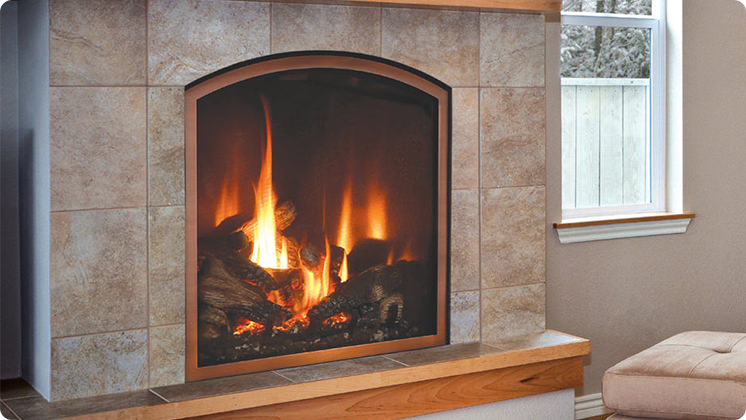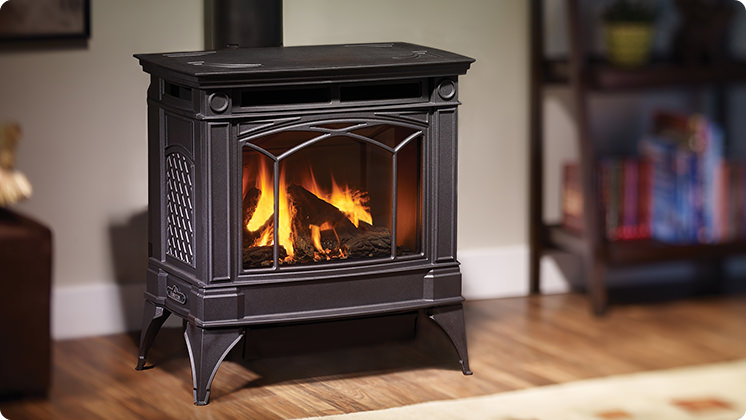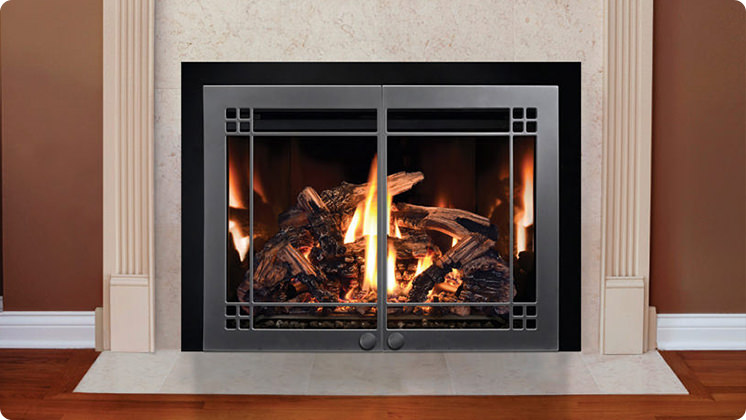Gas Fireplace Cleaning
Like with any other fuel source, you’ll need to ensure you keep the fireplace clean and working at its best! We recommend enlisting the help of a gas fireplace technician to handle this job. It can be very messy, complicated and unsafe if you don’t know what you’re doing. Some companies offer regular annual gas fireplace service and inspections at a discounted price so on that first chilly night you can feel confident that you are good to light that first fire of the season.
When using gas logs that venting using the original masonry fireplace flue be sure to consider the integrity of your chimney as with burning wood. Each day, without any visible signs, acid produced by your gas appliance can actually eat away at the inside of your masonry chimney, resulting in damage that can compromise the safety of your family and the value of your home. That’s why a thorough annual inspection of your chimney, recommended by the National Fire Protection Association and the Chimney Safety Institute of America, can bring any potential problems to your attention before they become dangerous or costly.
Routine maintenance will add to the safety and efficiency of your fireplace and increase the life of your gas appliance.





